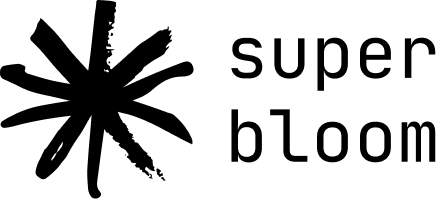Civic Tech Field Guide
Sharing knowledge and productively growing the fieldThe Iffy Quotient is a metric for how much content from “Iffy” sites has been amplified on Facebook and Twitter.
With this new role come public responsibilities, including limiting the spread of misinformation.
Externally maintained metrics offer a way to measure the progress of media platforms at meeting their public responsibilities. By contrast with the current environment of accountability by anecdotes, Platform Health Metrics can focus attention on the overall performance of platforms rather than on bad outcomes in individual cases.
The Center for Social Media Responsibility at the University of Michigan School of Information has developed the Iffy Quotient, a metric for how much content from “Iffy” sites has been amplified on Facebook and Twitter. We use the term “Iffy” to describe sites that frequently publish misinformation. It is a light-hearted way to acknowledge that our categorization of the sites is based on imprecise criteria and fallible human judgments. We are publishing a web-based dashboard that charts the Iffy Quotient since early 2016. The dashboard enables comparisons over time and between platforms. This report describes the calculation of the Iffy Quotient in detail, discusses some of its potential limitations, and analyzes some of the trends.
In 2019, we changed the methodology for calculating the Iffy Quotient. We now deem a site as Iffy or OK based on ratings from NewsGuard, falling back on rating from Media Bias/Fact Check only for sites not rated by NewsGuard. In addition, because NewsGuard has higher coverage of sites that were popular in 2019 than those in 2016, and for sites that were popular on Facebook than those that were popular on Twitter, we now define the Iffy Quotient as the fraction of URLs from rated sites rather than the fraction of URLs from all sites. This has increased the absolute values of the Iffy Quotient on particular days in comparison to our version 1 numbers, but the trends over time remain largely unchanged.
| Status: | Active |
|---|---|
| Last Modified: | 4/11/2025 |
| Added on: | 5/31/2022 |



